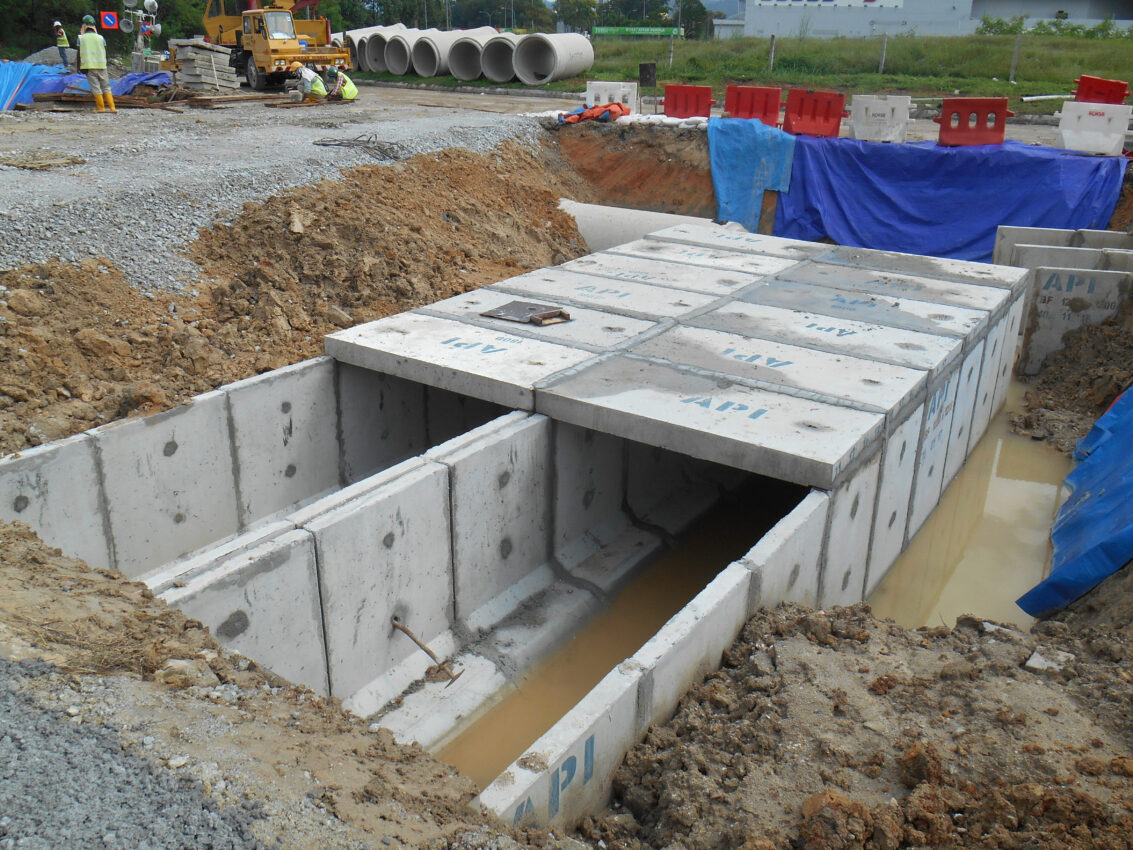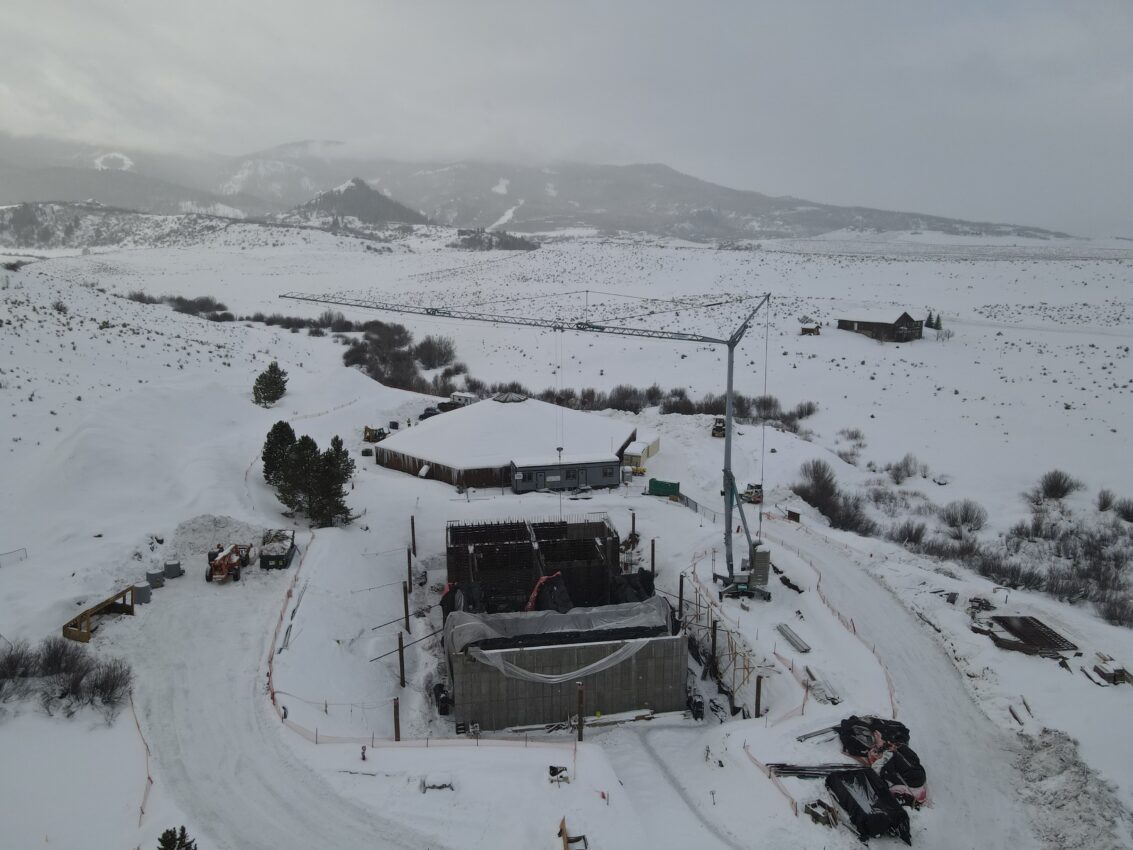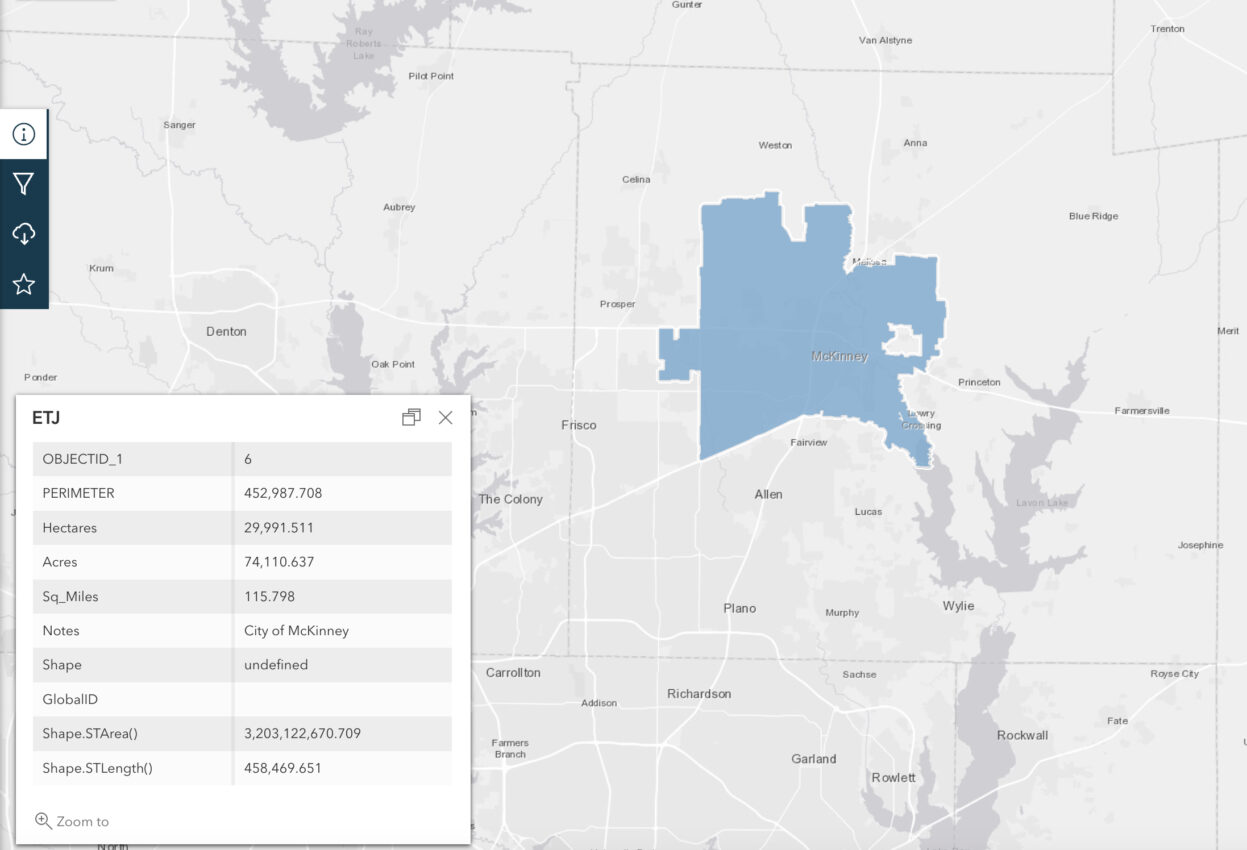Texas Water Stress: Fingerprints of Climate Change
Among the escalating effects of climate change worldwide, the influence of environmental shifts on water resources is a challenge. Texas’ water systems are responsible for serving rapidly growing urban areas as well as sustaining agriculture, a cornerstone of Texas’s economy. Droughts, floods and changing precipitation patterns are all potential sources of climate change related stress. The challenges and opportunities explored ahead highlight the need for innovative strategies and sustainable management to safeguard this vital resource.
The Drought-Flood Paradox
Texas is experiencing a paradoxical phenomenon:
Prolonged periods of drought punctuated by episodes of intense flooding. This erratic weather pattern puts immense pressure on water management systems, challenging the state’s ability to meet the water needs of its growing population, agriculture, and industries. Droughts reduce water supplies, impacting agricultural yields, increasing the risk of wildfires, and straining urban water resources. Conversely, floods cause devastating damage to infrastructure, erode valuable topsoil, and disrupt the economy.
Changes in precipitation patterns, increased evaporation rates due to rising temperatures, and the heightened occurrence of extreme weather events are all evidence of altered hydrological patterns disrupting Texas’ water security. Such shifts pose significant threats to the availability and quality of water, affecting everything from urban water supply to agricultural productivity and natural ecosystems.
Agriculture at the Crossroads
Agriculture, a cornerstone of Texas’ economy, finds itself at a crossroads due to the fluctuating availability of water. The sector’s reliance on consistent water supply is being tested as irrigation becomes more challenging with each passing season. Climate change’s impact on water resources threatens not just the immediate needs for crop and livestock production but also the long-term sustainability of the agricultural industry, with implications for food security and rural livelihoods.
Urban Water Stress
The urban areas of Texas, some of the fastest growing in the country, are facing mounting water stress. The dual challenge of accommodating the water demands of increasing populations while dealing with diminishing supplies is exacerbated by climate change. The situation is further complicated by aging water infrastructure and the inefficiencies in water distribution and usage, underscoring the need for urban areas to adopt more sustainable water management and conservation practices.
Strategies for Adaptation and Resilience
The path forward for Texas involves a comprehensive suite of strategies aimed at enhancing the resilience of its water resources to climate change. These include:






